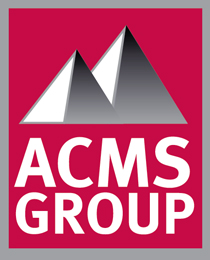Certain types of equipment, such as tanks, vessels and pipes, can have ongoing issues with both internal and external corrosion and damage, not to mention degradation caused by exposure to certain environmental conditions. Over time, this damage can result in thin-wall or through-wall defects.
The good news is that there are methods of through-wall pipe defect repair that can be used to develop long-term solutions to these issues. The most reliable method tends to be the use of cold-applied composite wraps and cold bonding systems.
What to know about these repairs
Thin-wall defects caused by issues such as erosion, corrosion, abrasion, mechanical damage or impact are all common problems for tanks, pipes, wear pads and other types of equipment. However, a failure to address this problem in a timely manner can result in compromised structural integrity of the part, and an elevated likelihood of safety hazards forming. For this reason, it’s necessary to strengthen the weakened equipment as quickly as possible, both to eliminate these safety concerns and minimize potential downtime for the equipment.
Cold bonding is one common process used in addressing these issues. It uses various cold-curing materials (such as certain metal alloys) to bond doubler plates over the top of areas that have sustained damage, resulting in excellent pressure retention while also providing high-quality bond strength. There are also circumstances in which a fluid-grade material can be used in larger plate bonding applications, or when there are situations in which unusual shapes are involved in the item that has been damaged. The fluid-grade material makes it easier to bond around these unusual or complex shapes and still provide the same level of adhesion and quality. In some cases, the material might even be injected behind the plate to result in a faster permanent bond.
Epoxy composites are also often use for wrap repairs, with the cure time varying based on the size of the repair area and the specific type of material used for the wrap.
If there are live leaks present in the damaged area, this could pose a significant safety concern, as the leakage of possible harmful materials into the environment could be hazardous to both people and equipment in the area surrounding the leak. Any pipes that are leaking due to through-wall defects could also result in pressure drops in the overall system, meaning a significant reduction in that system’s efficiency. Wrap repairs can stop up the leak, restore the pressure to the proper levels and seal off the area without needing to shut down the entire operation to make the repair. This makes it efficient and highly beneficial to use as a go-to repair method in the correct circumstances.
These are just a few of the most important things to know about the various repair methods available for handling through-wall and thin-wall pipe rehabilitation. For more information about how to make these repairs and the services that our team provides, we encourage you to contact ACMS Group with any questions.
